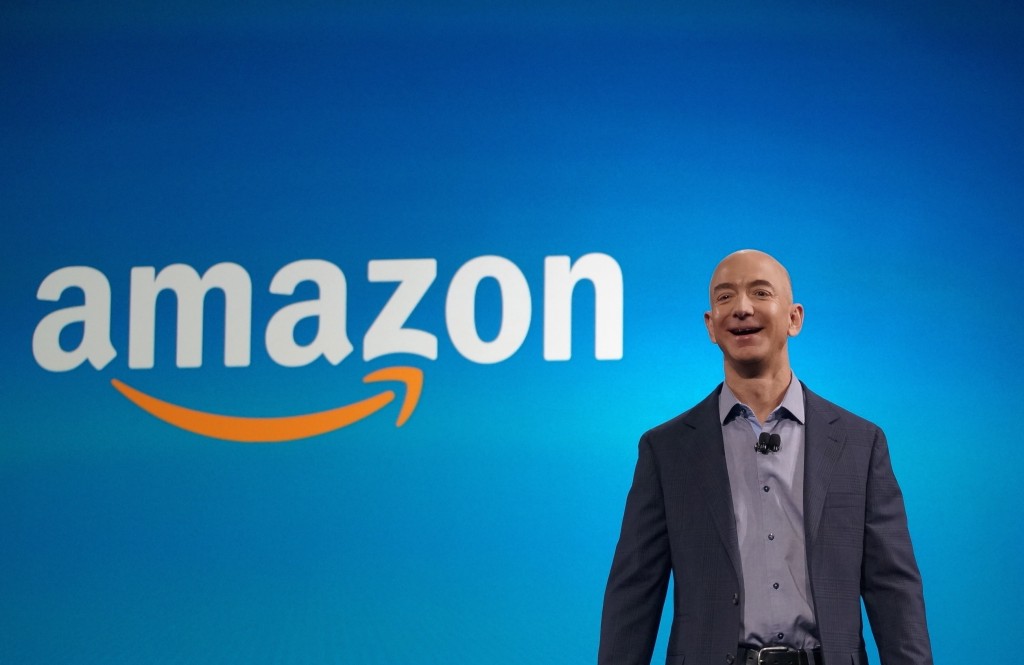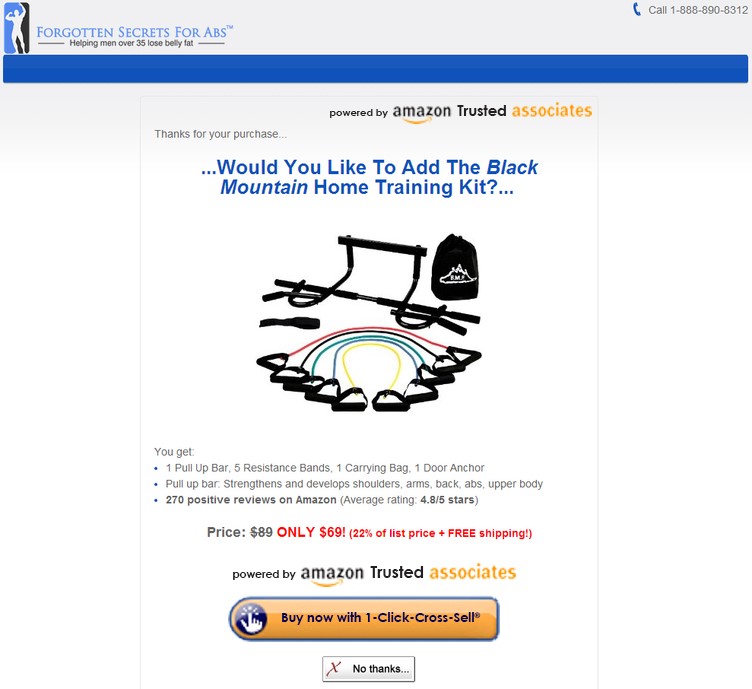An Easy Extra $20 Billion a Year for Amazon? An Open Letter to Jeff Bezos

This article was originally published on GeekWire
Hi Jeff,
I am a fitness enthusiast/hobbyist and smalltime online merchant who primarily sells our own fitness products through our website. After a customer buys one of our products, we often also sell them related products found on Amazon.com through your Amazon Associates program.
Everyone wins when we do this. The customer gets a wider selection of products, Amazon gets an extra sale and we earn a commission for referring the sale.
While the program is great, I believe it could be much more successful if some of the steps were eliminated. Below is the current list of steps:
- Customer enters credit card on our site
- Customer buys a product unique to our site (our fitness DVD)
- Customer is ‘seamlessly’ presented with one of our up-sells (a supplement package) i.e. “Would you like to add this to your order?”20% of customers buy the up-sell without having to re-enter credit card details.
- Customer leaves our shopping cart
- Later, we send a follow up email to the customer with a link to purchase a home training kit available on Amazon.com
- Customer opens the email
- Customer clicks on the link to the product
- Customer re-enters credit card details on Amazon.com and buys the home training kit. Only 2% of customers end up buying the home training kit.
When we stock the home training kit and sell it directly through our site as an up-sell to our fitness DVD, the percentage of customers who buy it is about 20%.
Unfortunately, as a small merchant, stocking physical products is expensive. It also usually takes testing several related products to find the few that customers are likely to buy along with our core offers. We couldn’t possibly stock all the products we would want to test.
As a solution to this problem, what if Amazon allowed small trusted merchants to do the following: let customers who first entered their credit card details on the small merchant’s site, buy related products available on Amazon.com without re-entering credit card details?
There was a discussion recently on the Seattle Tech Startups forum, where a number of startups expressed interest in such a feature.
Amazon already has a process known as 1-Click Ordering for which you have a patent. It allows customers to buy products on Amazon.com without re-entering credit card details. By eliminating this extra step, Amazon generates significantly more sales than you otherwise would.
The feature I am suggesting might be called 1-Click-Cross Ordering/Selling. It allows external online merchants to sell products found on Amazon.com directly within the merchant’s shopping cart (sales funnel) without requiring customers to re-enter credit card information.
As example, after a customer buys our training DVD, they might be presented with a page that looked like this:

If 1-Click Ordering allows Amazon to generate more sales, the effect of 1-Click-Cross Ordering/selling could be multiplicative! The ease of generating sales would lead many more merchants to refer sales to Amazon.
Coupled with this, small merchants could leverage Amazon’s customer intelligence database that ‘knows’ which related products customers are likely to buy for a given kind of product.
Imagine 1 million small merchants each doing an average of $100,000 in annual revenue in sales of their own products.
Given Amazon’s wide selection of products, each of these merchants could easily refer an additional $20,000 in related product sales to Amazon by using 1-Click Cross-Selling! In 2 – 3 years you would a have new $20 billion revenue stream!
Viewed another way, 1-Click Cross Ordering/Selling lets small merchants generate demand for Amazon by using related products unique to the small merchants. To use a loose analogy, consider what would happen if a new merchant set up show in a small town and sold beautiful, unique flower vases that the townspeople bought in droves. The only florist in town, say, called Amazon flowers, would likely get more business!
In 1-click Cross-Selling the customer benefits by being able to buy a wider range of related products from small merchants, with less friction. Small merchants, in turn, earn more commissions from sales referred to Amazon. More importantly, each small merchant can now afford to spend more to acquire customers since the average sale per customer is higher.
Of course, lots of little details need to be addressed for this to work. I have given it some thought but will spare you the details because I have heard that too much detail annoys you (you prefer the pleasure of having your super high IQ run in the background and fill in the gaps).
I write to you because you are known to be highly receptive to new ideas and are willing to try things most other people will not—Amazon delivery drones, EC2 and Fulfillment by Amazon to name a few. I have even heard that you like to eat octopus for breakfast.
Please consider the idea and if you think it has merit, perhaps pilot it. I would suggest that it is just half a step removed from the Fulfilment by Amazon program that allows small merchants to sell products on their sites but then have the fulfilment handled by Amazon.
Oh, one more thing. Here’s my gift to you. I have provisionally filed a patent for 1-Click-Cross Ordering/Selling. As my contribution to making this idea a reality, if you want it, you can have it!



